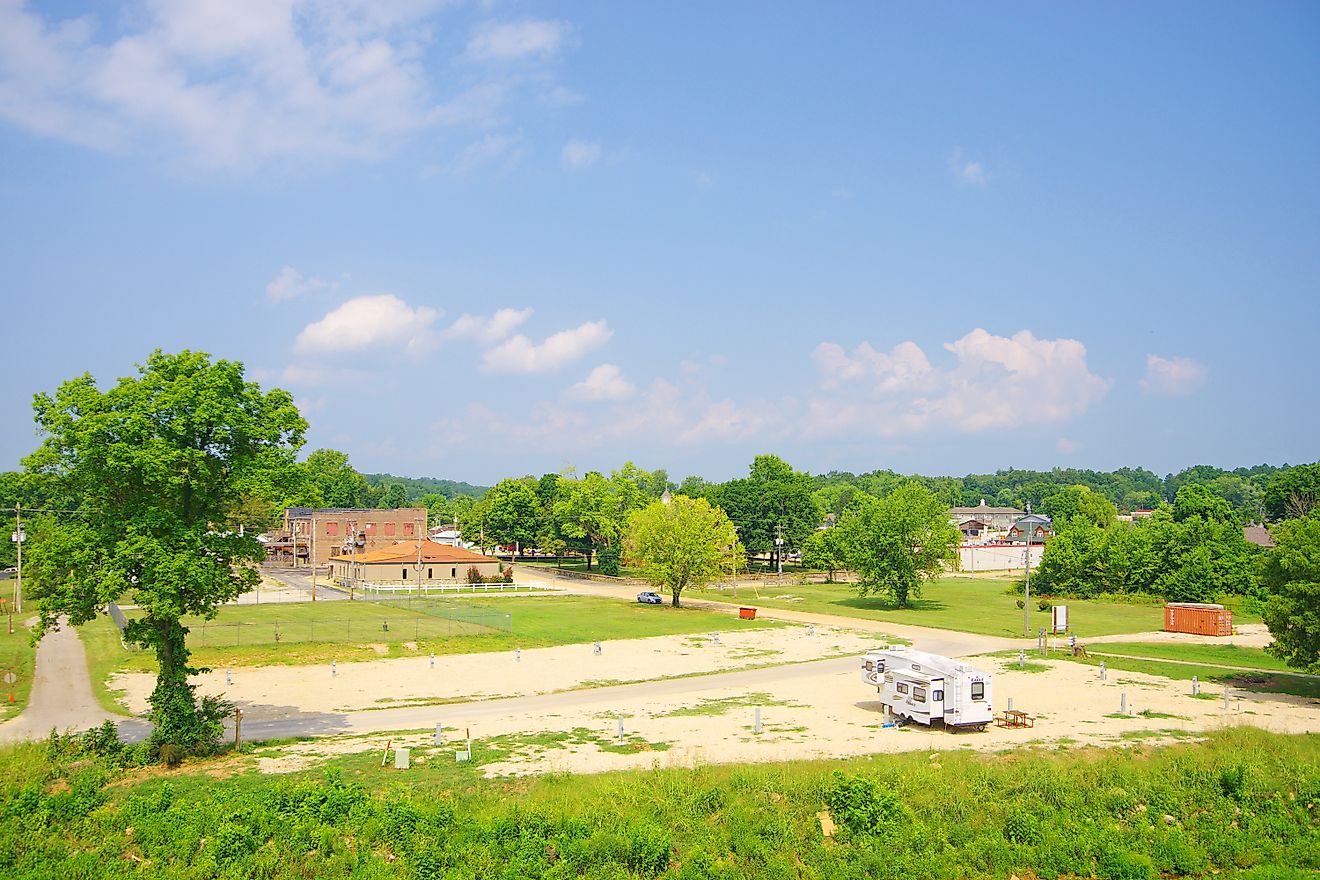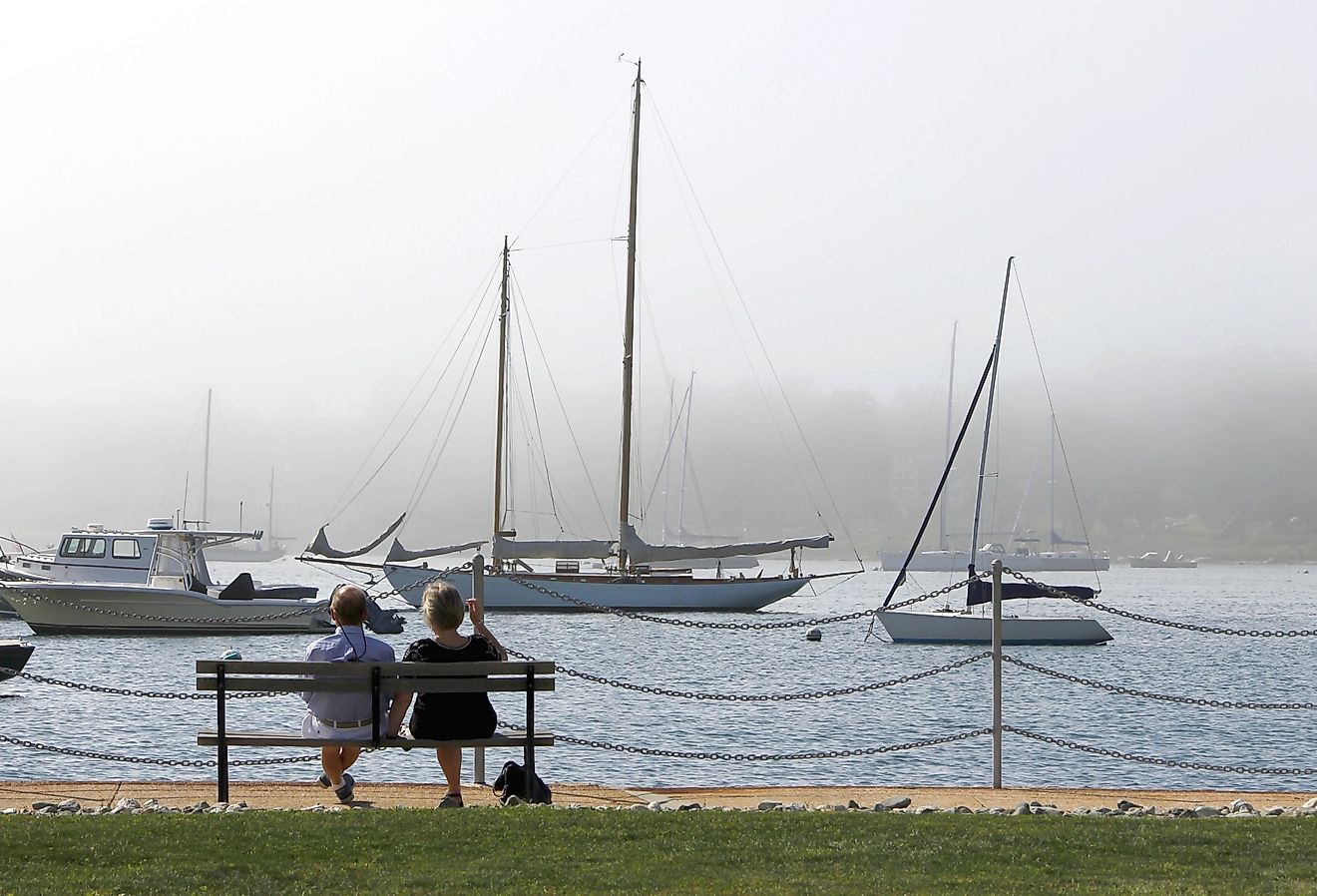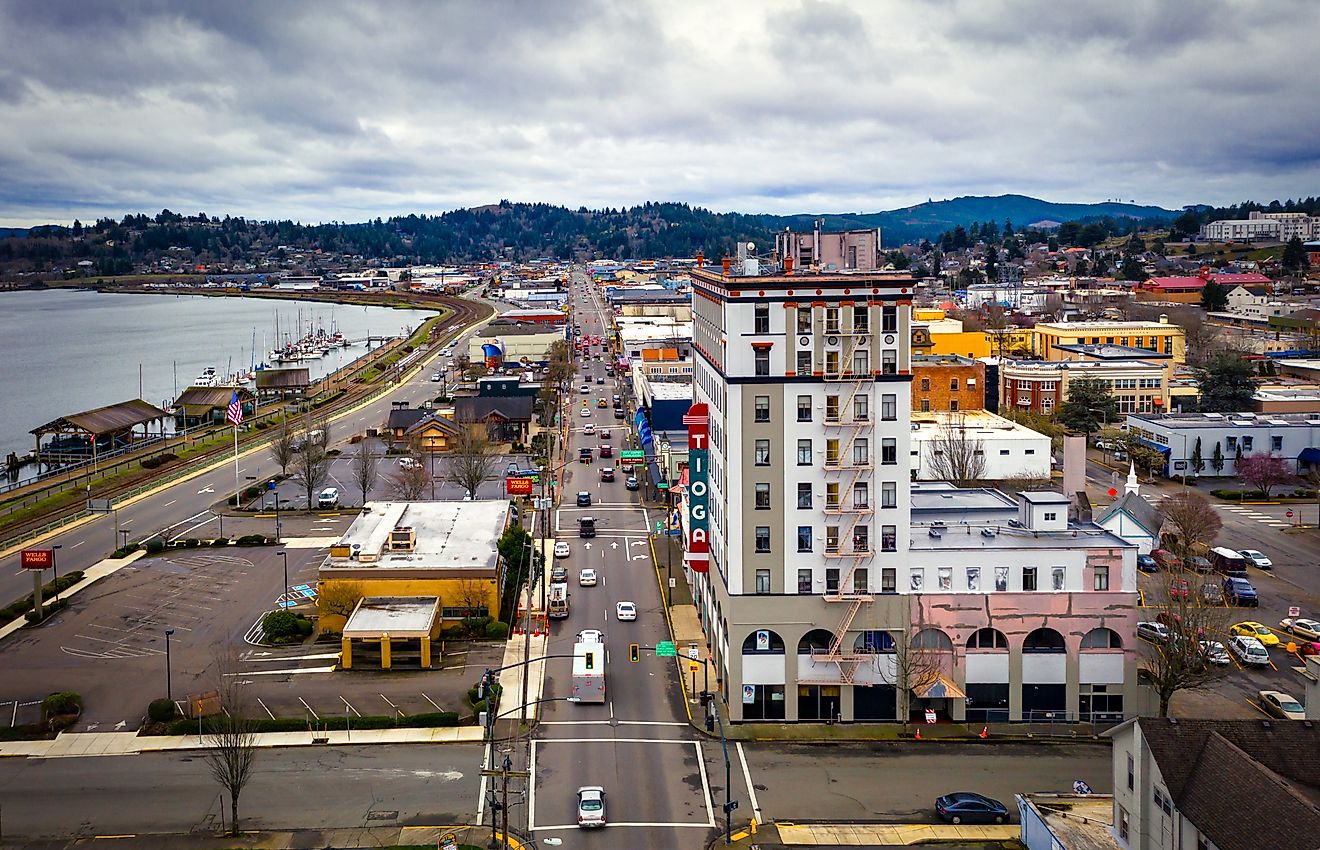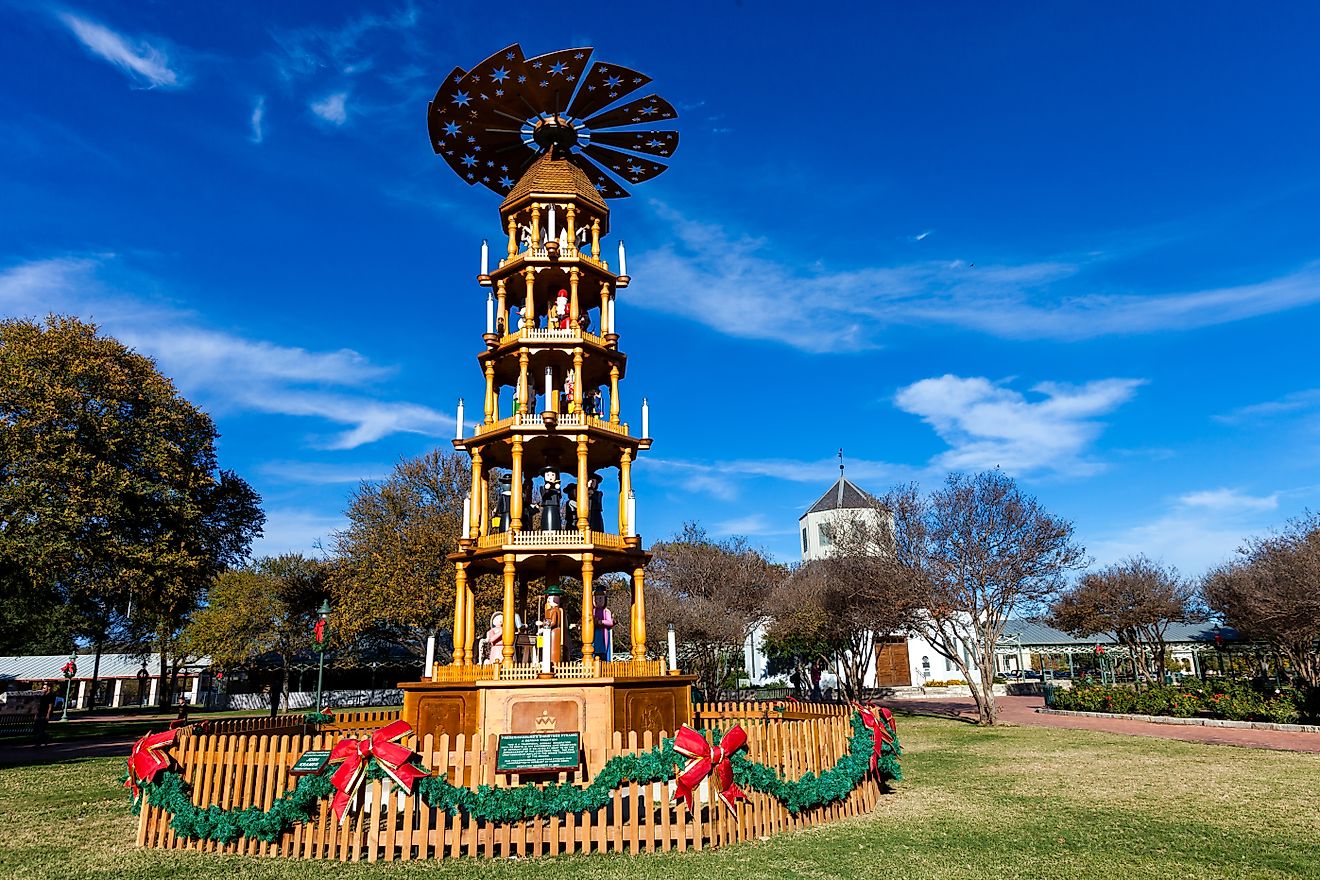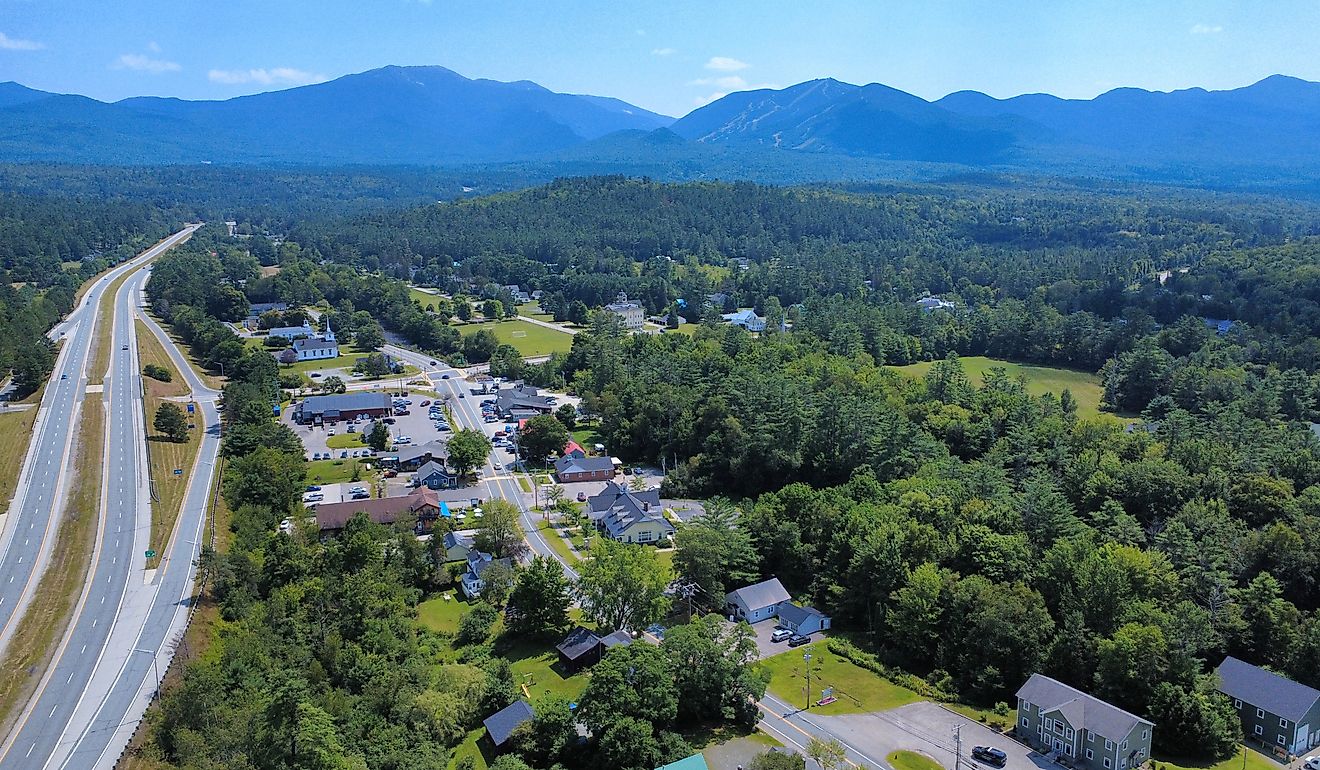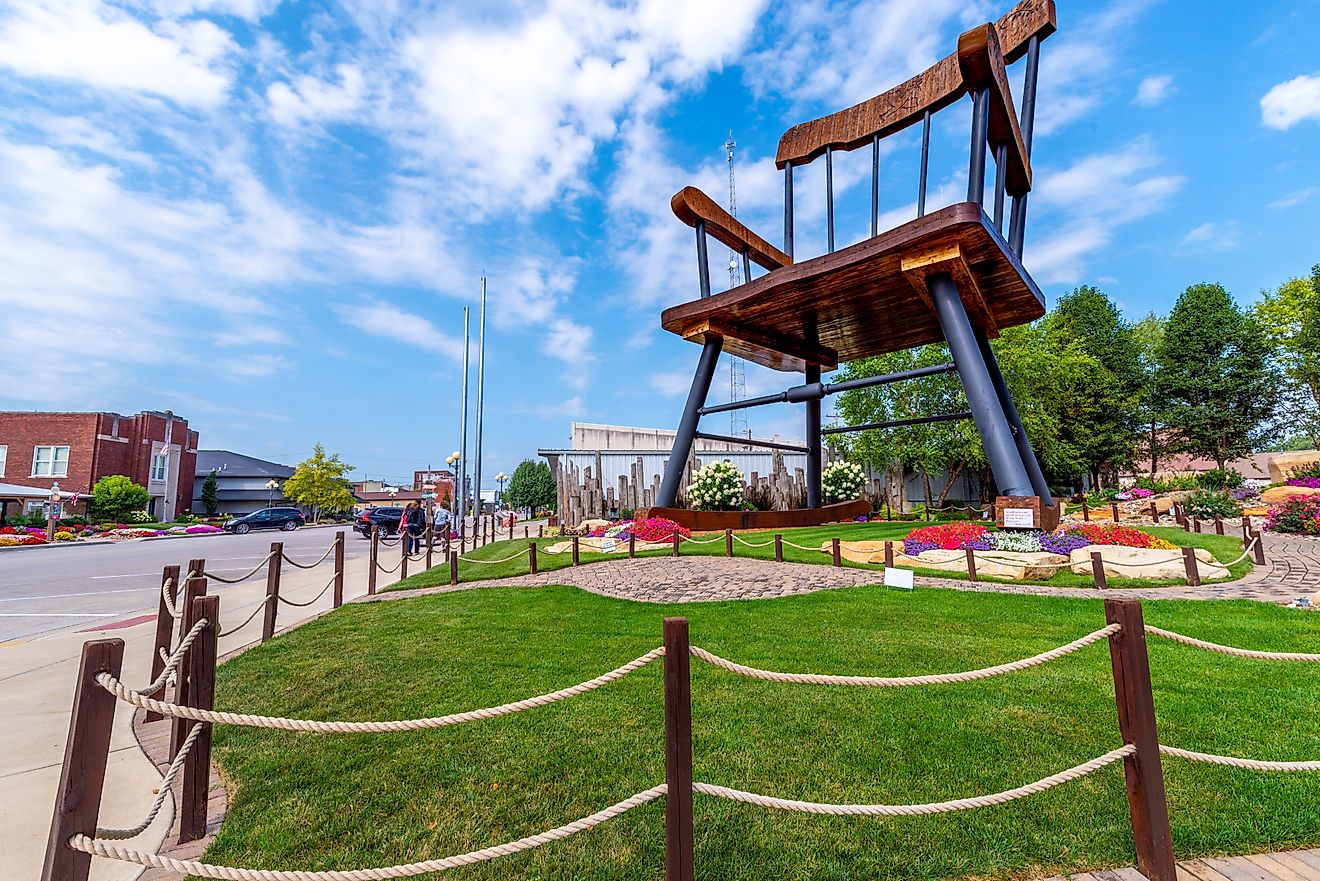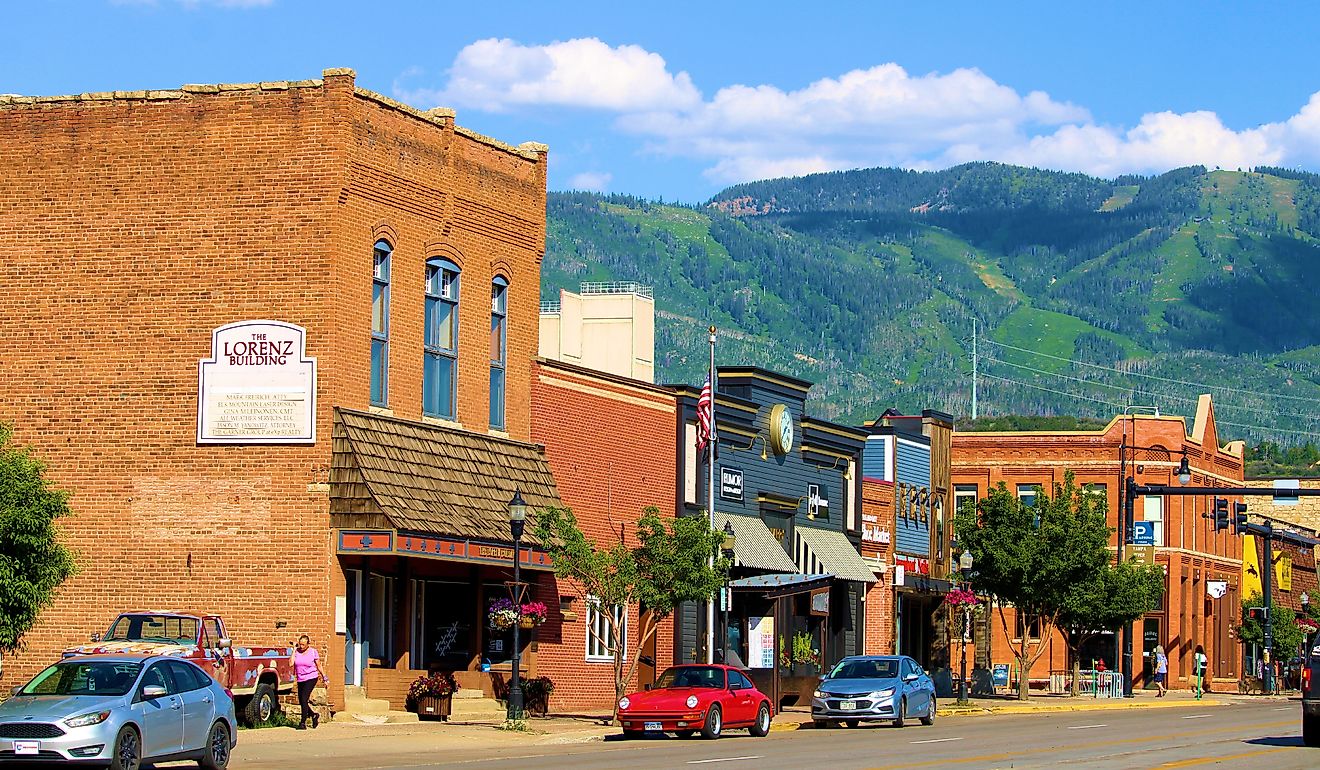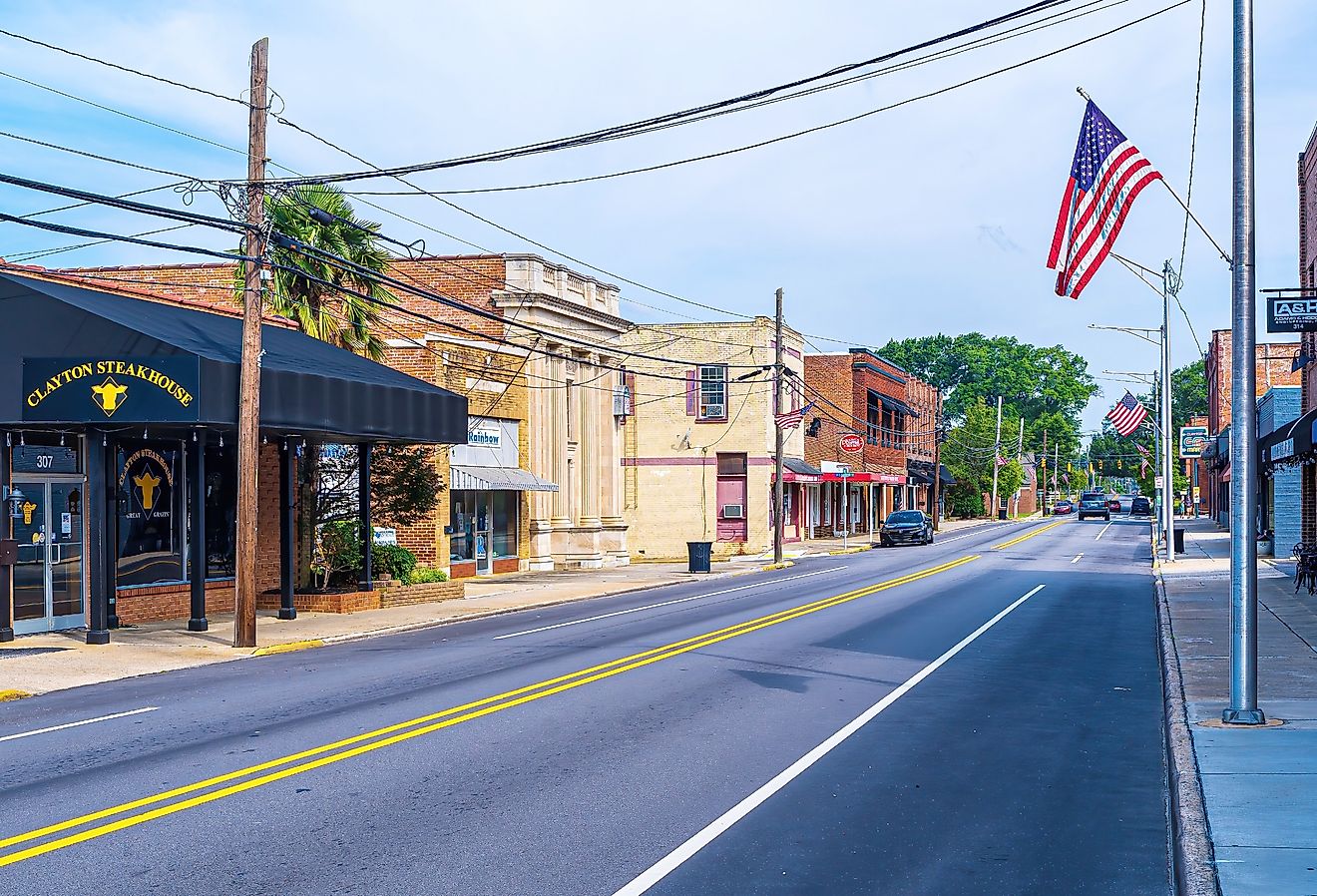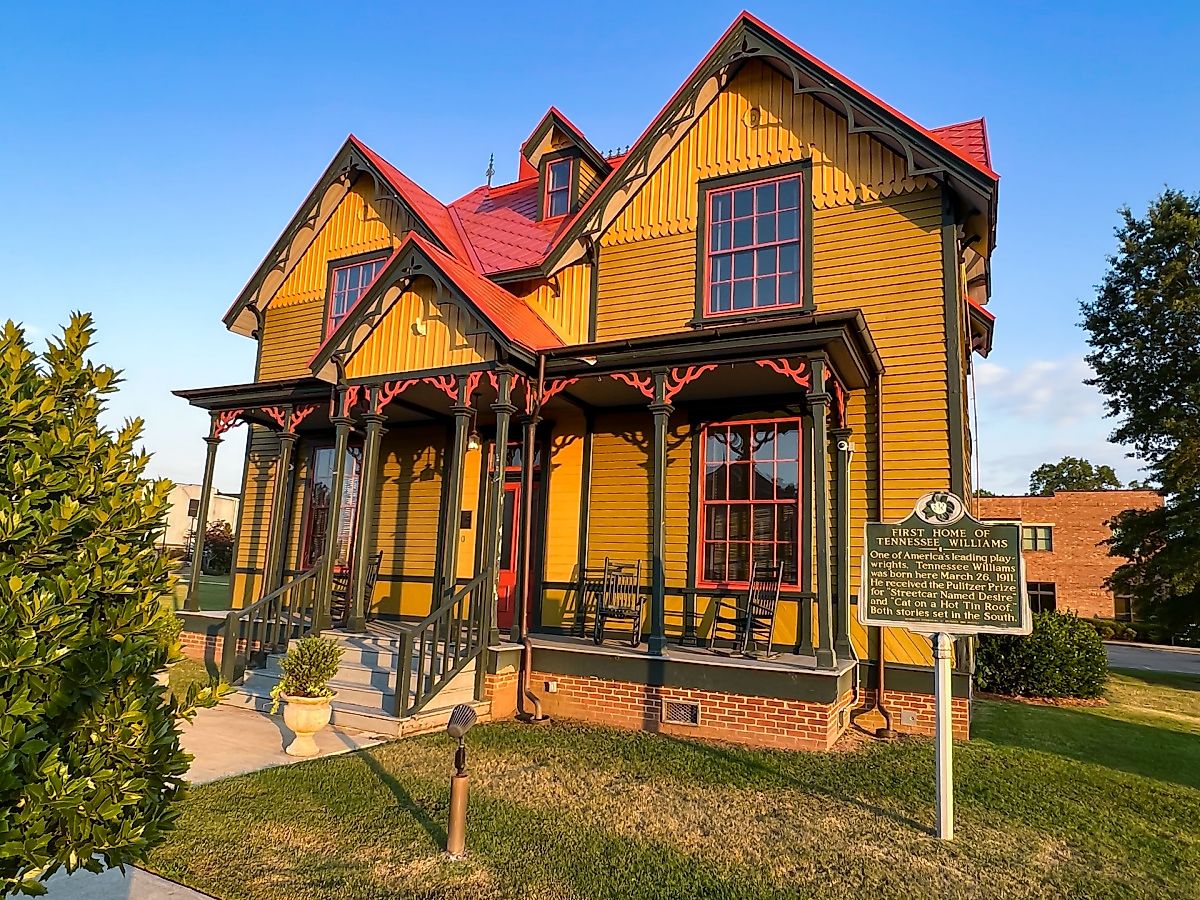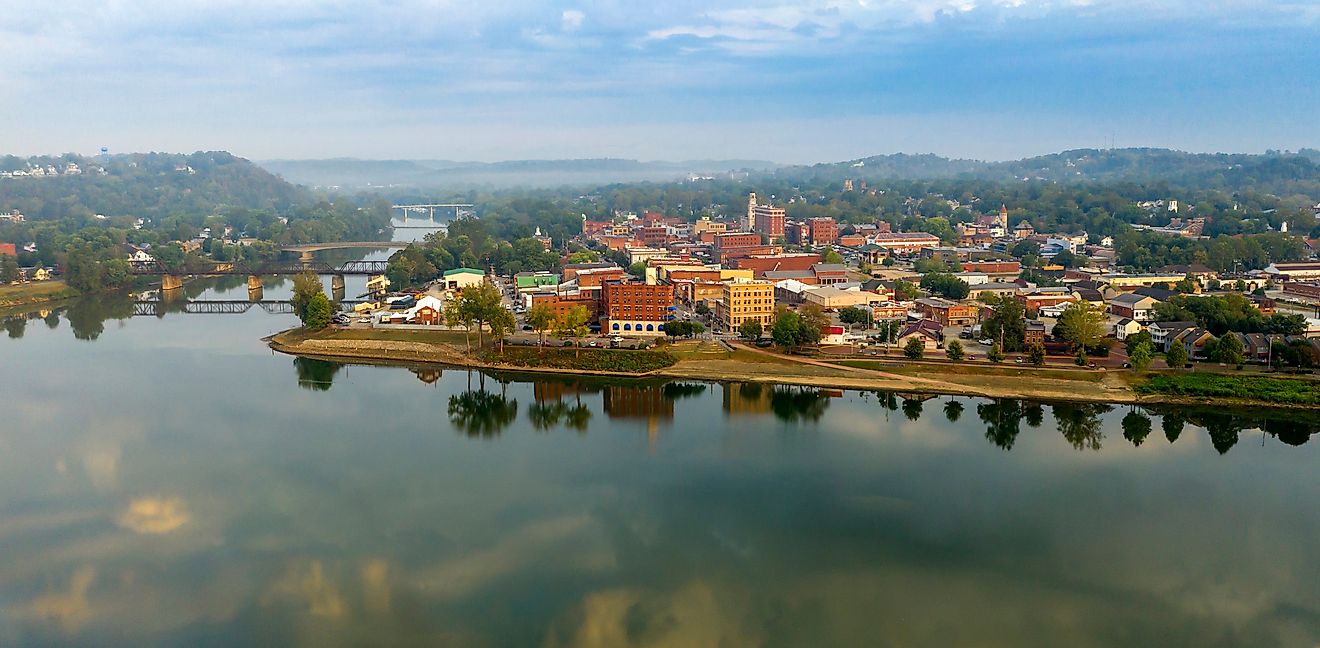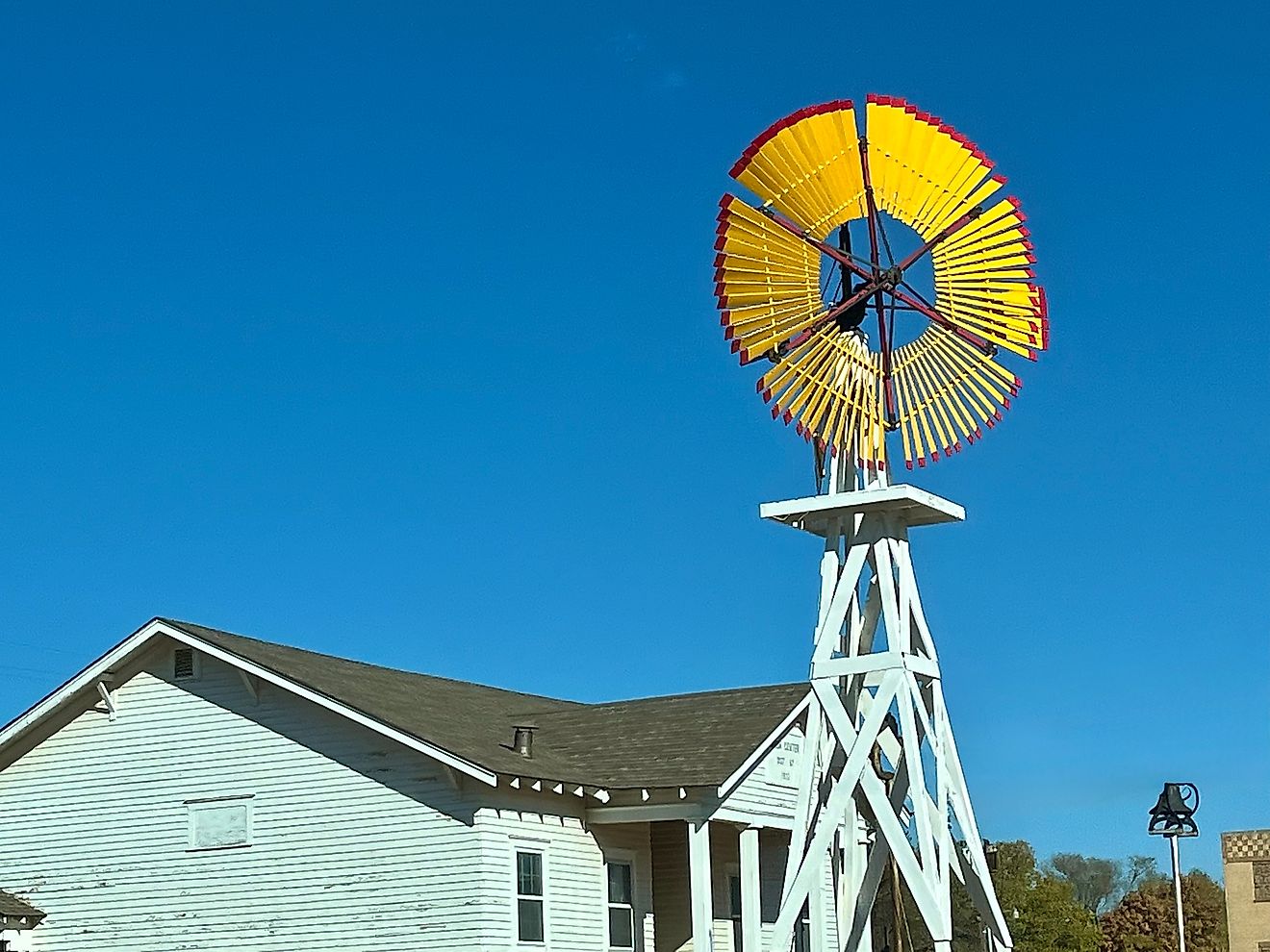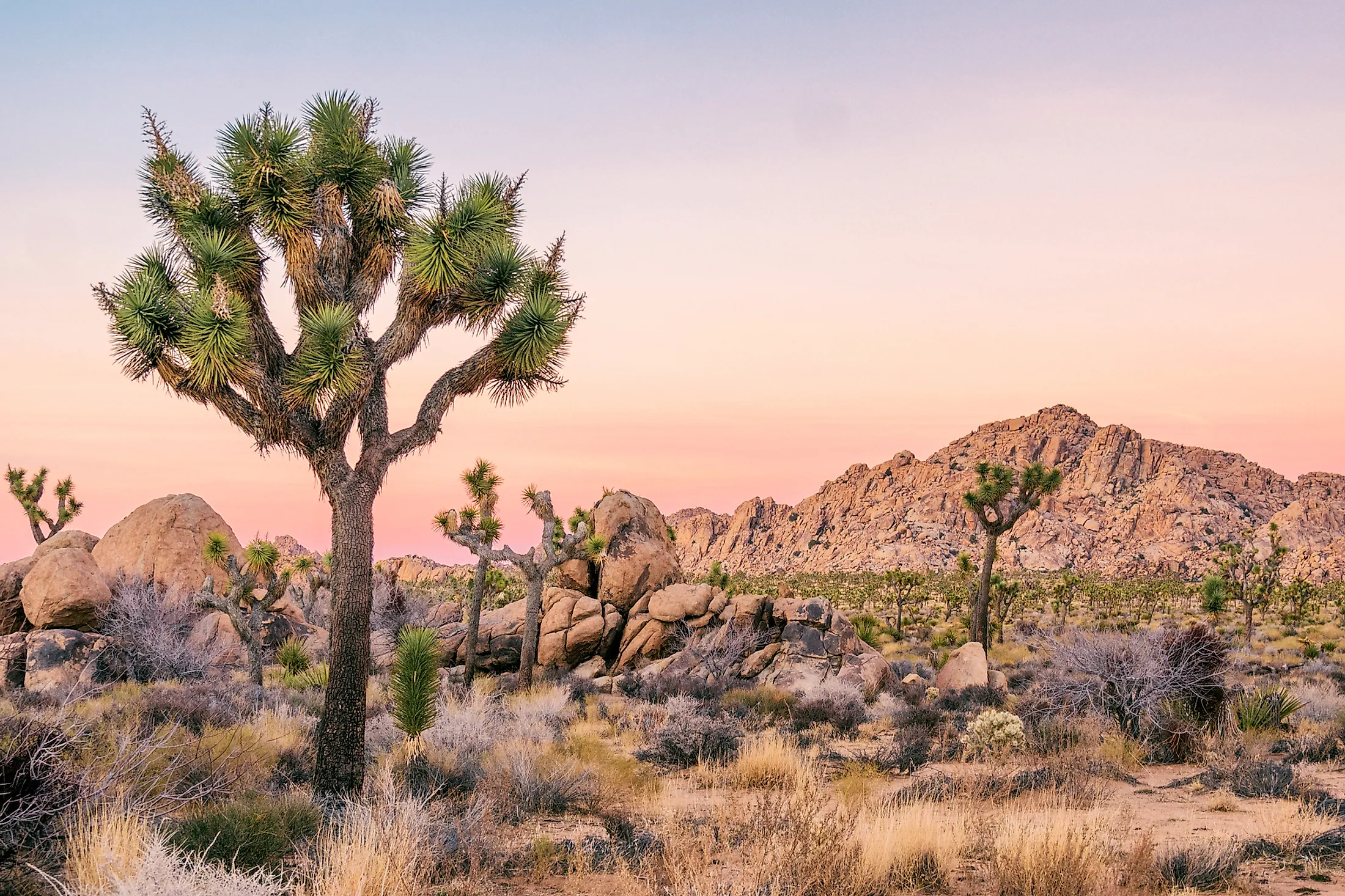
Joshua Tree National Park, California
Covering an area of 423,970 sq. km, the State of California is located in the western (Pacific) region of the United States. It is also the 3rd largest and most populous state in the USA. California is renowned for its natural beauty and features the most extensive and diverse series of landforms in the entire United States. Among all the US states, it contains the highest number of national parks. Currently, there are a total of 63 National Parks in the United States that are managed by the National Park Service, under the US Department of Interior. The Joshua National Park is one of them.
Contents:
Location
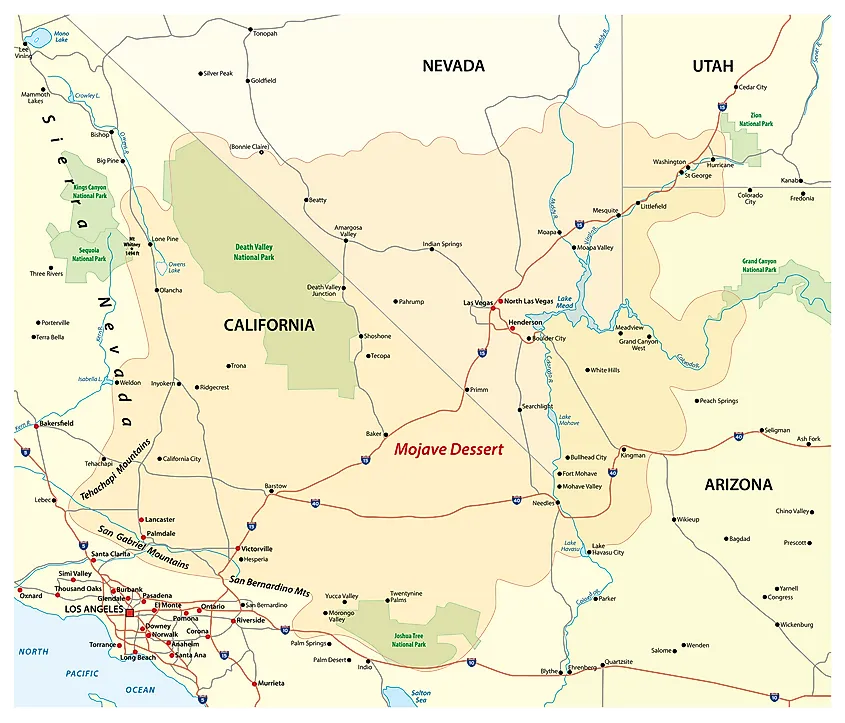
Situated in the southeastern part of the US State of California is the Joshua Tree National Park. Spread across the Riverside and the San Bernardino counties, the Park covers a total area of 3,199.6 sq. km and includes portions of the Mojave Desert as well as the Colorado Desert. The Joshua Tree National Park is located adjacent to the desert resort city of Palm Strings and the east of the city of Los Angeles. Of the total 3,199.6 sq. km area of the park, about 1,738.9 sq. km has been declared as a “wilderness area”. The Park has been named after the Joshua trees that are found in the Mojave Desert.
Geography
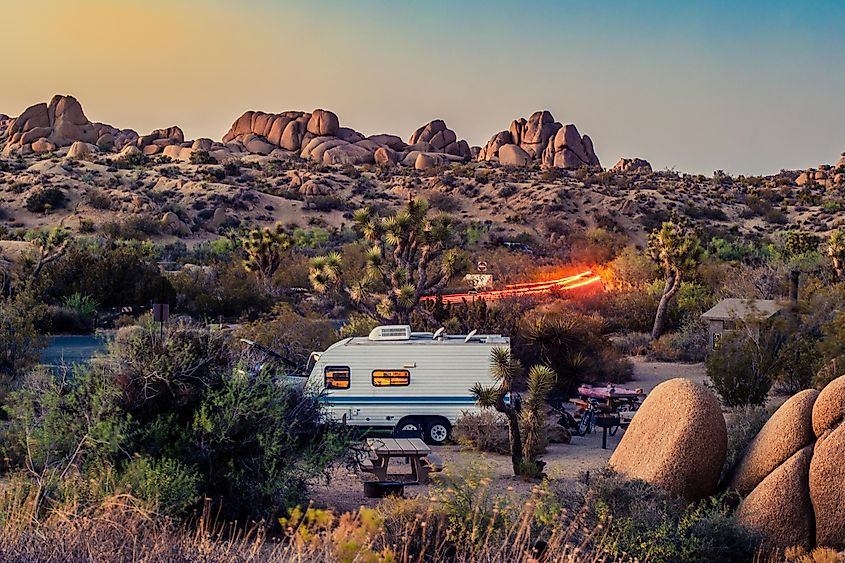
The Joshua Tree National Park comprises portions of two large desert ecosystems namely, the higher and much cooler Mojave Desert and lower and drier Colorado Desert. The Mojave Desert, located at an elevation of more than 900m occupies the western section of the park and forms the perfect habitat for the Joshua trees. Some notable geological formations are also observed in this part of the national park. These include rugged bare rock piles and huge granite monoliths (monzogranite). It is estimated that the oldest ‘Pinto gneiss’ rocks in the park are approximately 1.7 billion years old. The six mountain blocks of the park include Cottonwood, Coxcomb, Eagle, Hexie, Pinto, and Little San Bernardino. Steep escarpments are found in the southern and northern areas of the park. Valleys like the Queen Valley and the Lost Horse Valley are found between the mountain ranges.
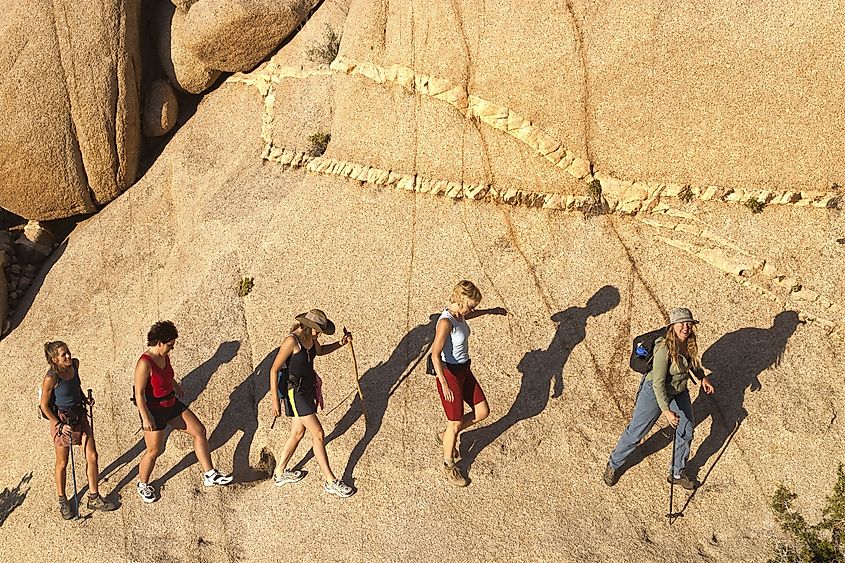
There are several faults in the park area including the notable San Andreas Fault, Blue Cut Fault, and the Pinto Mountain fault. The Pinto Mountain Fault is marked by the Oasis of Mara, located in the Twentynine Palms area on the northern section of the park. Five fault-caused oases in the park support the native California fan palm (Washingtonia filifera). The Colorado Desert area occupies the eastern section of the park and features abundant creosote bushes. The Coachella Valley is located in the southeastern part of the Joshua Tree National Park.
The Joshua Tree National Park serves as an important tourist destination and attracts over 1.3 million visitors annually. Some of the recreational activities that are offered by the park include camping, hiking, rock climbing, nature walks, astronomy, photography, etc.
Climate
According to the Köppen climate classification, the Joshua Tree National Park experiences a ‘hot desert climate’ with hot summers and cool winters. During summers, the daytime temperature rises to 38°C at lower elevations and during winter, the nighttime temperature often drops below 0°C. The Joshua Tree National Park receives an annual rainfall of about 100mm. The higher elevations of the park receive snowfall during the winter months.
Flora and Fauna
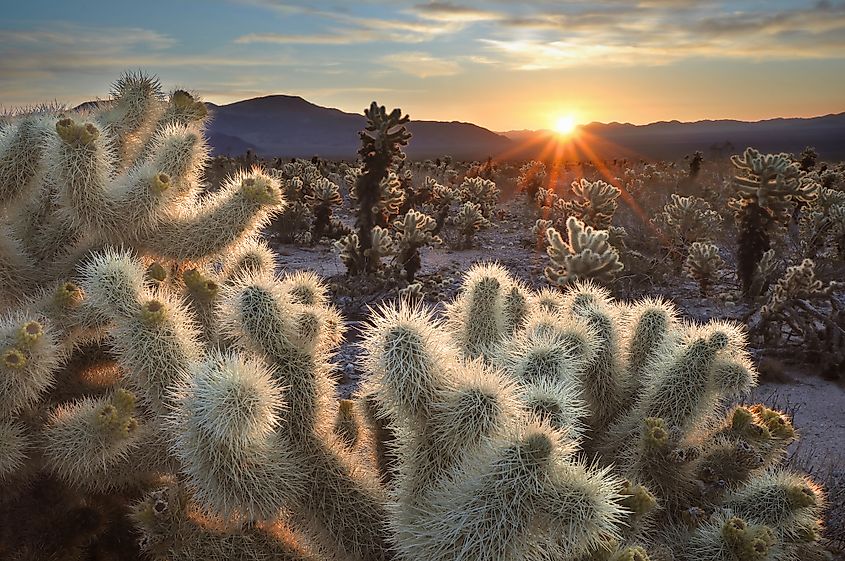
The Mojave Desert part of the Joshua Tree National Park features the native Joshua trees (Yucca brevifolia) along with other trees like California juniper, pinon pine, desert scrub oak, Tucker’s oak, and Muller’s oak. The Colorado desert area features abundant creosote bushes along with cholla cactus, desert saltbush, spidery ocotillo, etc. Several wildflowers also grow throughout the park during the spring season. The five oases in the park provide food and water for the varied wildlife of the Joshua Tree National Park.
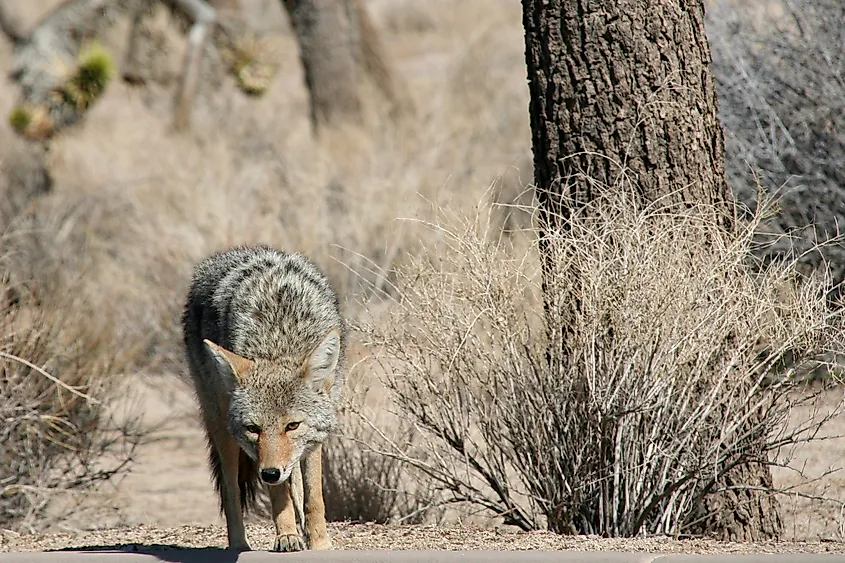
The National Park supports several wild animals including coyotes, mule deer, desert bighorn sheep, bobcats, foxes, kangaroo rats, and black-tailed jackrabbits. Several reptilian species like Mojave Desert tortoise, San Diego alligator lizard, Desert banded gecko, desert iguana, Great Basin whiptail, Mojave glossy snake, California striped racer, Variable Ground snake, Northern Mojave Rattlesnake, etc are found here. Two amphibian species including the California tree frog and the red-spotted toad are also found in the park. About 250 avian species are found in the Joshua Tree National Park. These include the Golden eagle, cactus wrens, Gambel’s quail, roadrunners, red-tailed hawks, etc.
Brief History
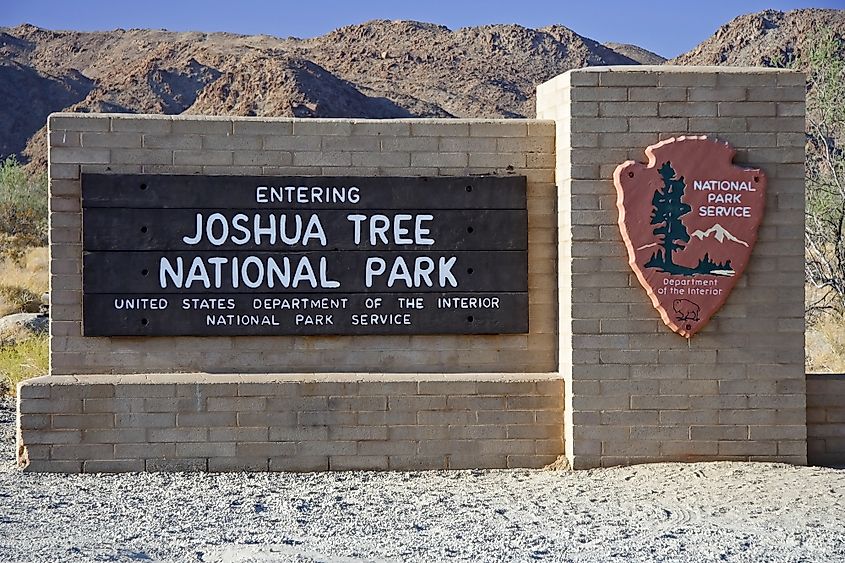
It is believed that the present Joshua Tree National Park area was inhabited by the people of the Pinto Culture from 8000 to 4000 BCE. Several tools and spear points that were used by the Pinto people have been excavated by archaeologists in the park’s Pinto Basin area. In 1870, the white people who settled in the area began grazing cattle on the tall grasses that grew in the area. These cattle ranchers built several wells and rainwater catchments throughout the region. From the 1860s to 1940s, several miners worked in the 300 small pit mines in the region. These mines yielded several minerals like gold, silver, iron, copper, zinc, etc. Noted American activist Minerva Hoyt and other citizens requested the government to protect this desert area in California. On August 10, 1936, about 3,338.7 sq. km area of the park was protected by US President Franklin D. Roosevelt as the “Joshua Tree National Monument”. On October 31, 1994, the Joshua Tree National Monument was redesignated as the “Joshua Tree National Park” by the US Congress under the California Desert Protection Act.
